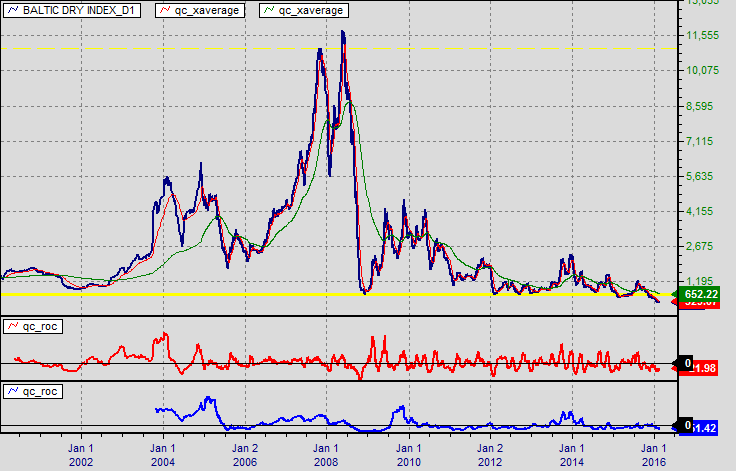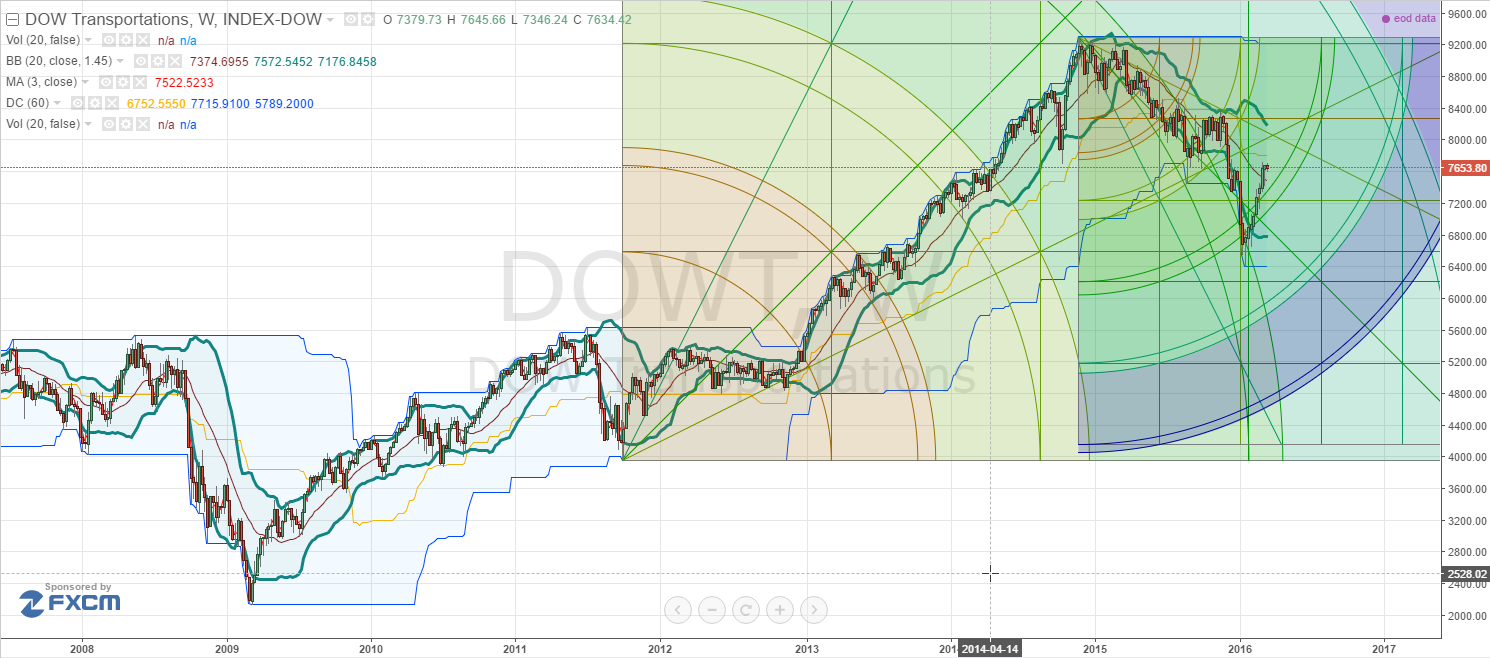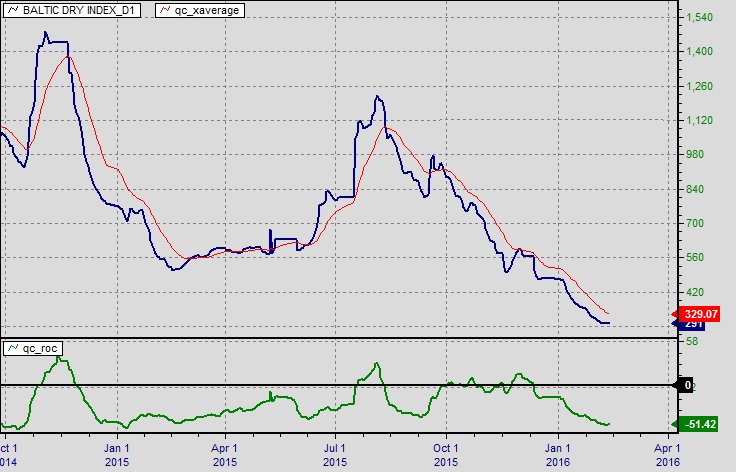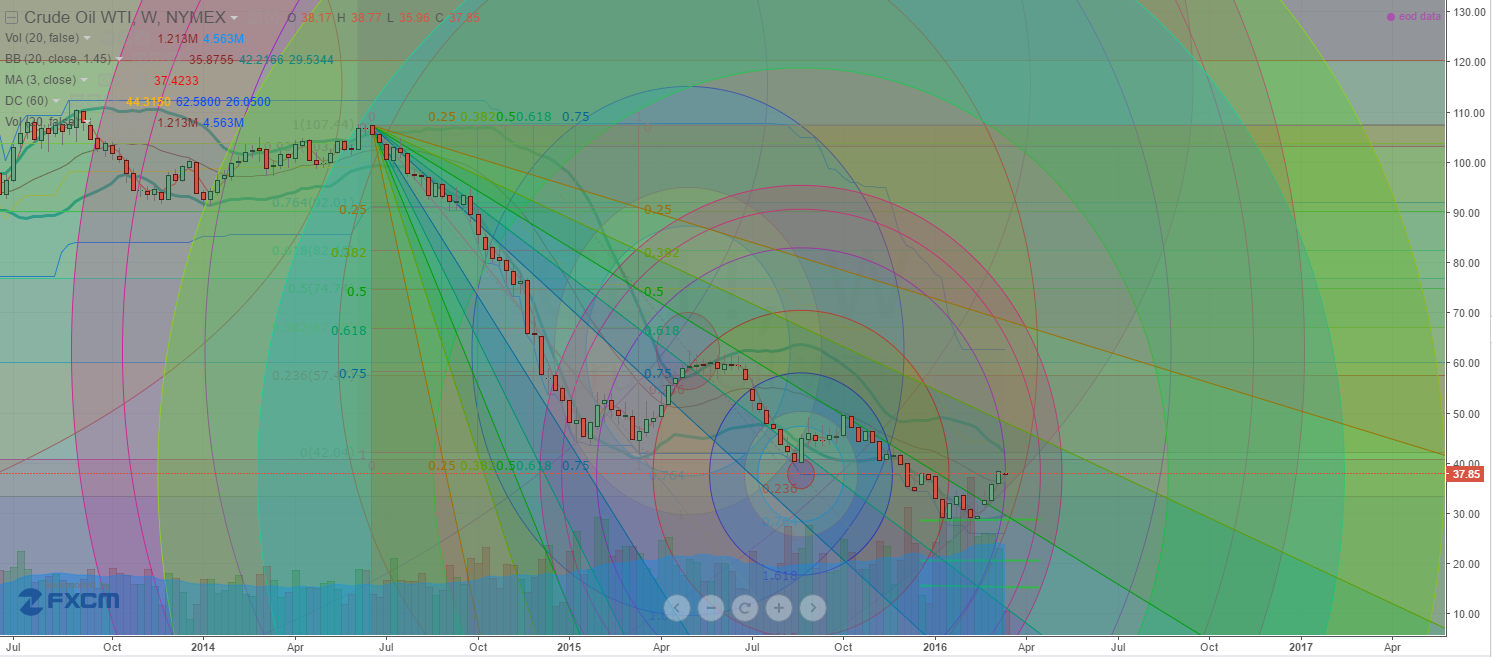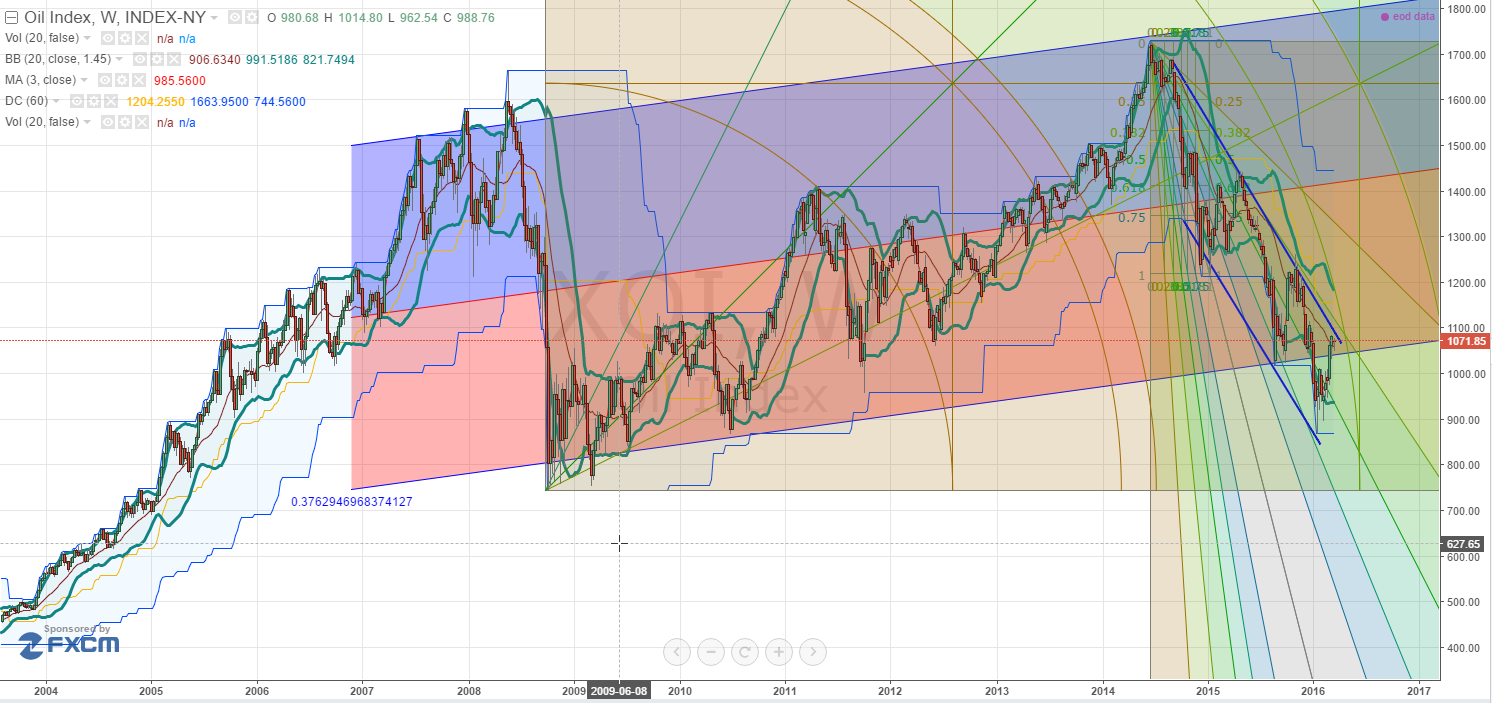For half a century, Americans have been largely unable to visit Cuba and have had to rely on the US government and media for an understanding of the political, social and economic conditions there. What has been described as the “American Berlin Wall” has been successful in providing Americans with quite an inaccurate view.
Throughout this period, those Cubans who exited the island in 1959 (and their descendants) have maintained a propaganda programme that, rightly or wrongly, reflected their desire to return to Cuba and to once again rule it. Additionally, they’ve contributed regularly to both the primary US political parties in order to assure that the blockade would be maintained and that Americans would be kept out until such time as the island could be re-taken.
This is not to say that all is rosy in Cuba. For the past 25 years or more, I’ve periodically spent time there, observing its developments, beginning with its attempt to recover from the loss of its principle trading partner, the Soviet Union, in the early 1990s. It’s been a rocky road, as Cuba has sought to become an international tourist destination whilst attempting to maintain a closed, communist society. Results have been mixed, to say the least.
Still, the US government embargo remains in place and Americans have little real understanding of Cuba, or how the Cuban people view the US. All Americans can rely on is the “official view”—reports fed to the US media by their government, which, in turn, are influenced by Miami-based Cubans.
Recently, Barrack Obama visited Cuba, gave speeches and even walked the streets of Havana, “meeting the people”. Americans have now had time to digest the official US view of that visit, yet, understandably, have no idea whatsoever as to the Cuban view.
If I could sum up the Cuban people’s perception, based upon discussions with Cubans in Havana after the visit, I’d say that the best word to describe their reaction would be “wary”. Cubans are only too aware that Americans have, for half a century, received a highly one-sided view of anything Cuban and, for the most part, tend to agree with their leaders that any dealings with the US government should be cautious.
As in any country, there are varied viewpoints and, to be sure, the Cubans who oppose the existing regime to the point that they’ve stolen a boat and braved the seas to escape Cuba, would have a far different view from those who are glad to remain in Cuba.
A particular concern that they tend to voice is that Americans leaders are arrogant, seeming to believe that they have all the answers for every country and seem to perceive themselves as magnanimous, in offering to unilaterally change other countries “for the better”. In the present instance, they resent Mister Obama stating in a Havana speech that his country is considering diminishing its economic punishment of Cuba, but that, first, he would need to be assured that the Cuban political structure be altered to reflect the American model more closely. As stated by President Raul Castro in the Havana Reporter, “he should not expect the Cuban people to give up their destiny…for which they have made huge sacrifices.”
A continuing sore in the side of Cuba is the occupation of Guantanamo Bay. Cubans, when confronted with their government’s admitted incarceration of some citizens for political reasons, may respond by reminding Americans that Cubans regard Guantanamo as “the horrible torture center”, housing the US government’s political prisoners. They are bolstered in their view by American presidential candidates who vehemently support the continued violation of the Geneva Convention at Guantanamo. (Most Cubans have television and there’s no restriction on American broadcasts. Cubans therefore know far more about the US than Americans know about Cuba.)
Again, quoting the Havana Reporter, “The Cuban authorities request for the illegally occupied military territory to be returned, although spokespeople for Obama’s administration say that the subject is not on the agenda for discussion.”
Again, the American presidential message, as seen from the Cuban perspective, appears to be, “We’ll decide what we will or won’t do for you, and we’ll decide what you’ll do for us.”
And the discussion is not an isolated one. For many years, the UN has regularly held votes on the legality and morality of the blockade and, in each case, all members except the US and Israel vote for its elimination. Just prior to Mister Obama’s Cuban visit, Federica Mogherini, Vice President of the European Commission, reiterated the UN request for the “rejection of the economic, commercial and financial blockade imposed on Cuba by the US”, which she described as both outdated and illegal.
In his book, “Obama and the Empire”, Fidel Castro comments, “You state…that your country…would not tolerate any intervention in the hemisphere, reiterating that this right must be respected, while demanding the right to intervene anywhere in the world with the aid of hundreds of military bases and naval, air and space forces distributed across the planet. I ask: Is that the way in which the United States expresses its respect for freedom, democracy and human rights?”
To be sure, Mister Castro has his own agenda, as do all political leaders, yet his point is well taken. In spite of US pressure, he has outlasted ten US presidents since 1959. Cuba boasts universal literacy and the lowest rate of violent crime in the hemisphere, whereas, in the US, the percentage of those who are functionally illiterate varies between 15% and 35% (depending on the definition of illiteracy). The US also has both the highest number of prison inmates and the highest percentage of inmates per capita. Whether the US or Cuba has the greater claim to the moral high ground is therefore very much an individual assessment.
But, what’s the view on the street in Havana? What’s the reaction of the average Cuban to the Obama visit?
Well, for a start, people in the street, who are accustomed to seeing their leaders with a minimal entourage and few armed guards, were surprised to see a virtual army of suited protectors, making Mister Obama’s stroll through Havana anything but casual. Of course, this has become the norm for any American leader, but what message does this convey, when the visitor displays such a show of force?
In spite of this; however, a young waiter at a bistro in the popular Empedrado Callejón del Chorro commented that, whilst he doubted the sincerity of the visit, anything that brings the two countries closer together can only be an improvement. And, to be sure, younger Cubans are more likely than the previous generations to acknowledge that the inevitable passage out of the Castro’s leadership may be overdue, but that a softening of Cuban distrust of the “American imperialists” can only take place if the American government learns to regard Cuba as a sovereign nation, not as a whipping boy.
And, of course, this is a sentiment that we see worldwide. The more the US positions itself as the world’s policeman, the more it alienates the peoples of other countries. At a time when the US has begun its economic decline, it would do well to soften its approach, yet it is clearly doing the exact opposite. This does not bode well for the US. No one likes a bully. Bullies are typically only tolerated until they weaken. When this occurs, people turn on the bully, whether he is a person, or indeed, a government. What we are observing is the decline of a large nation and, soon, the rebirth of a small one. As events unfold, the comparisons between the two will be fascinating to observe.
Editor’s Note: Nick Giambruno, editor of Crisis Investing, thinks Cuba is a huge investing opportunity…
Nick is an expert “crisis investor.” He invests in markets that are bombed out, hated, and depressed. This strategy allows Nick to buy world-class companies at bargain prices… and to buy a dollar’s worth of assets for pennies. This sets him up to make big gains, like the 210% gain he made on the Cypriot hospitality business Lordos Hotels in the wake of that country’s banking crisis a few years back.
According to Nick, Cuba has been in a slow motion crisis for decades. The U.S.’ ban on trade with Cuba killed any chance of economic growth for the last 60 years. But Nick says the embargo will soon become “a page in the history books.” When this happens, money should pour into Cuba. Nick has a “back door” way to profit from Cuba’s huge untapped potential…
Here’s Nick:
Cuba has over 2,000 miles of pristine coastline and the potential to be a top tourist destination. If Cuba ever opens up, there’s potential to make a fortune.
Nick’s investment is a legal way to profit from the “opening up” of Cuba while the embargo is still in place. It trades on the NASDAQ stock exchange. This investment is up over 25% in the last three months. But Nick expects it to go much higher. We can’t disclose the investment here, because it wouldn’t be fair to paying subscribers. But you can get instant access to Nick’s “back door” Cuba investment by signing up for a trial subscription to Crisis Investing. Click here to learn more.














